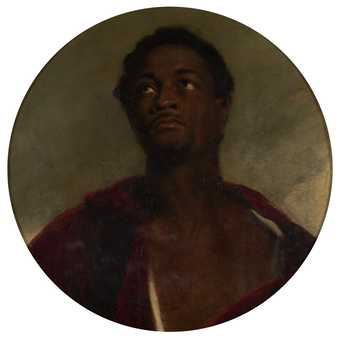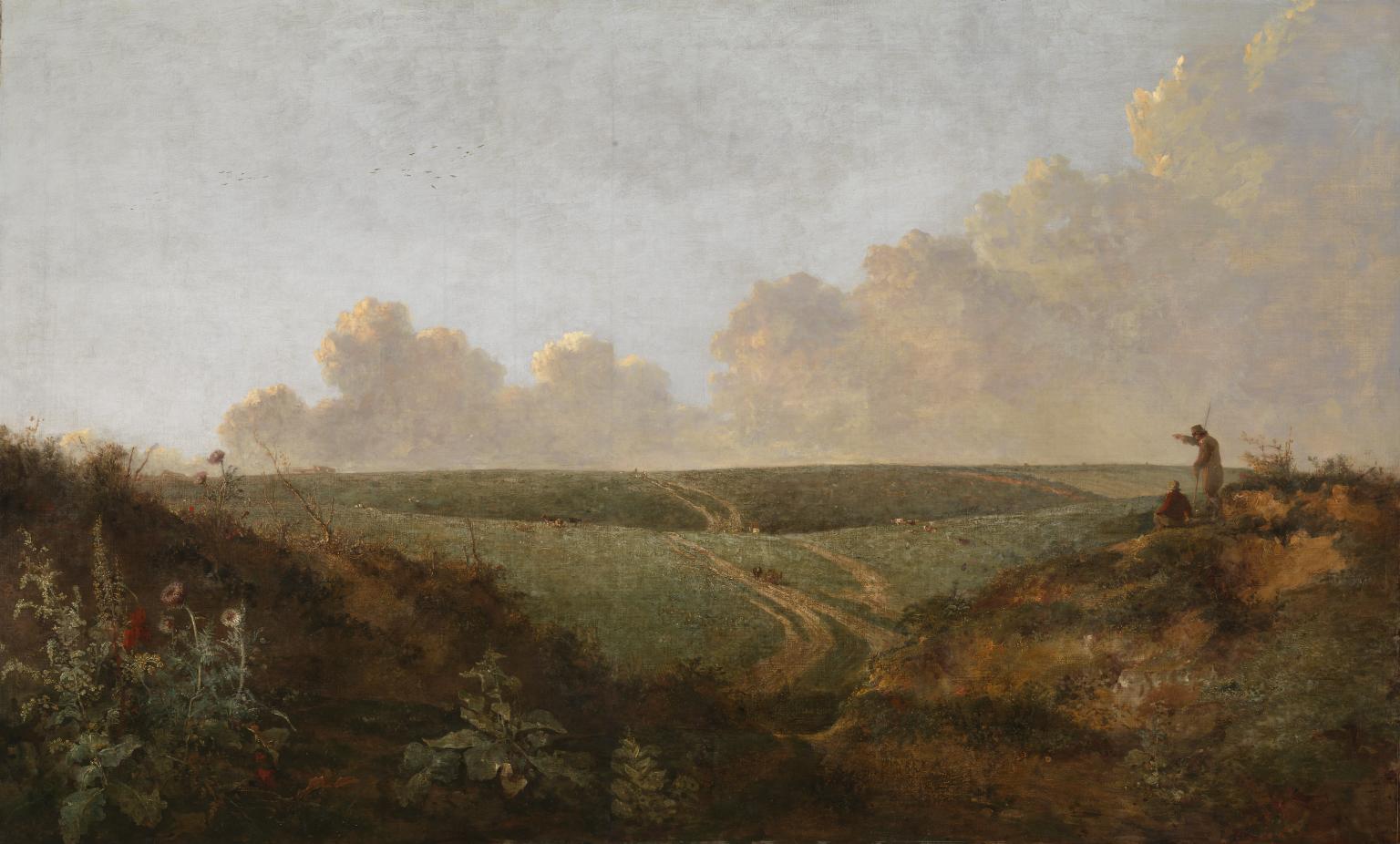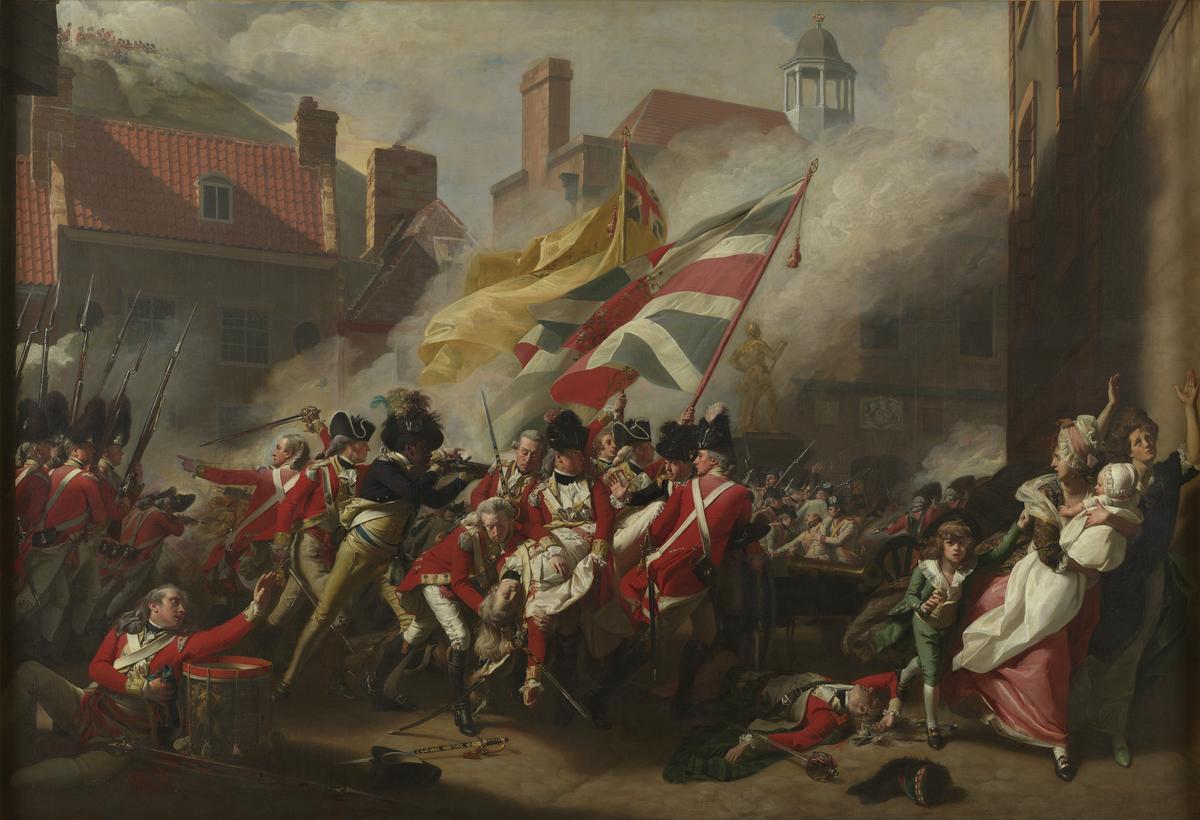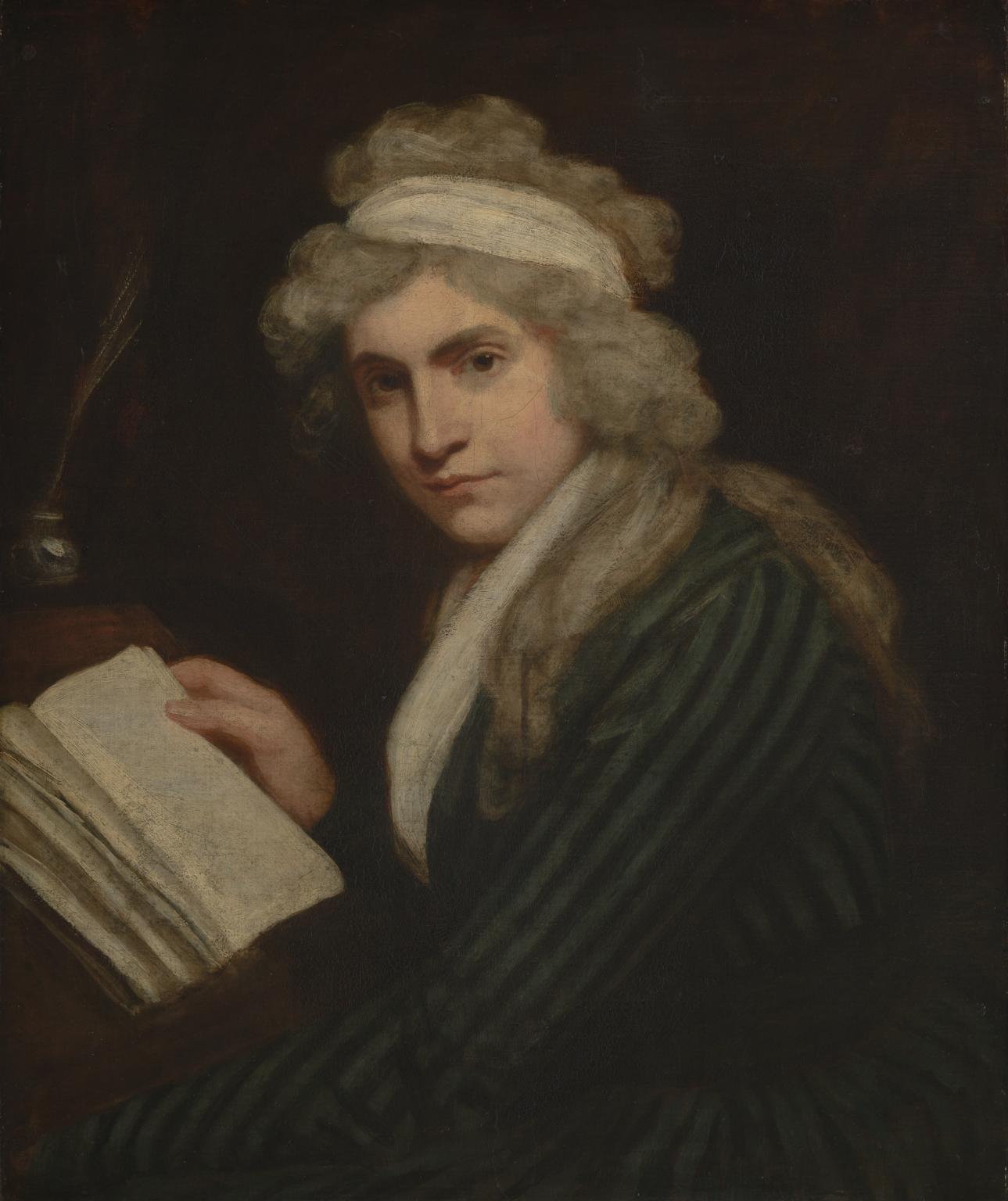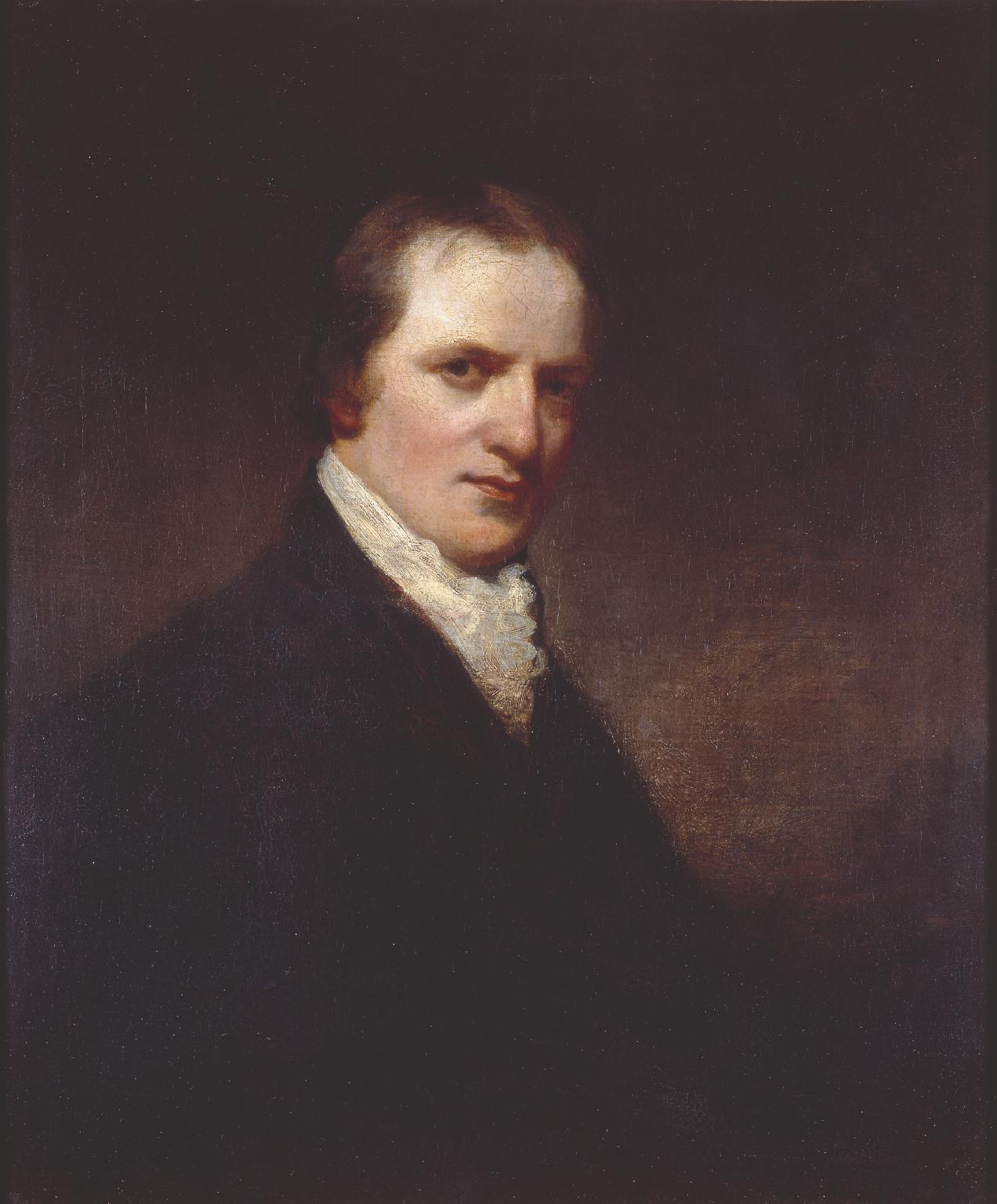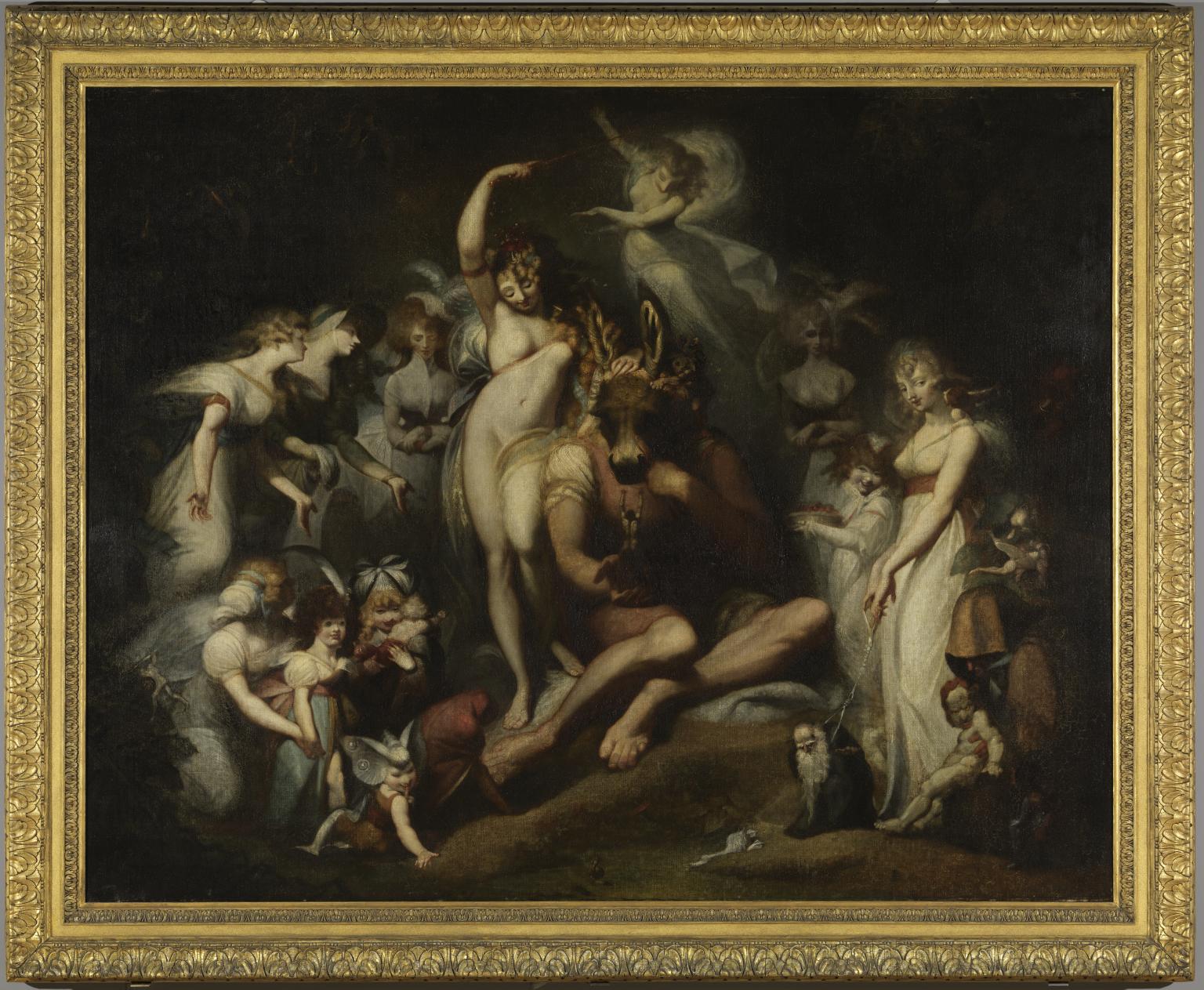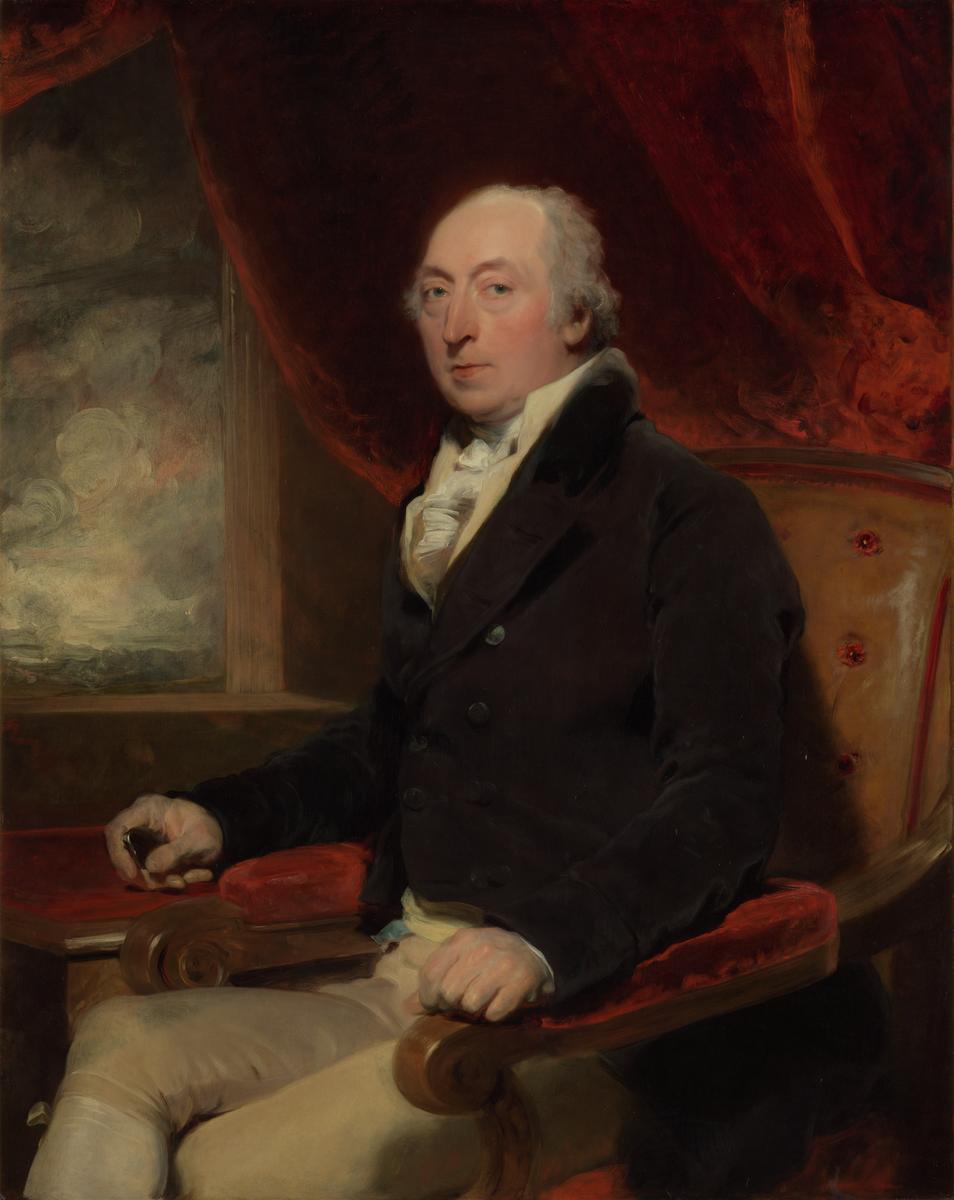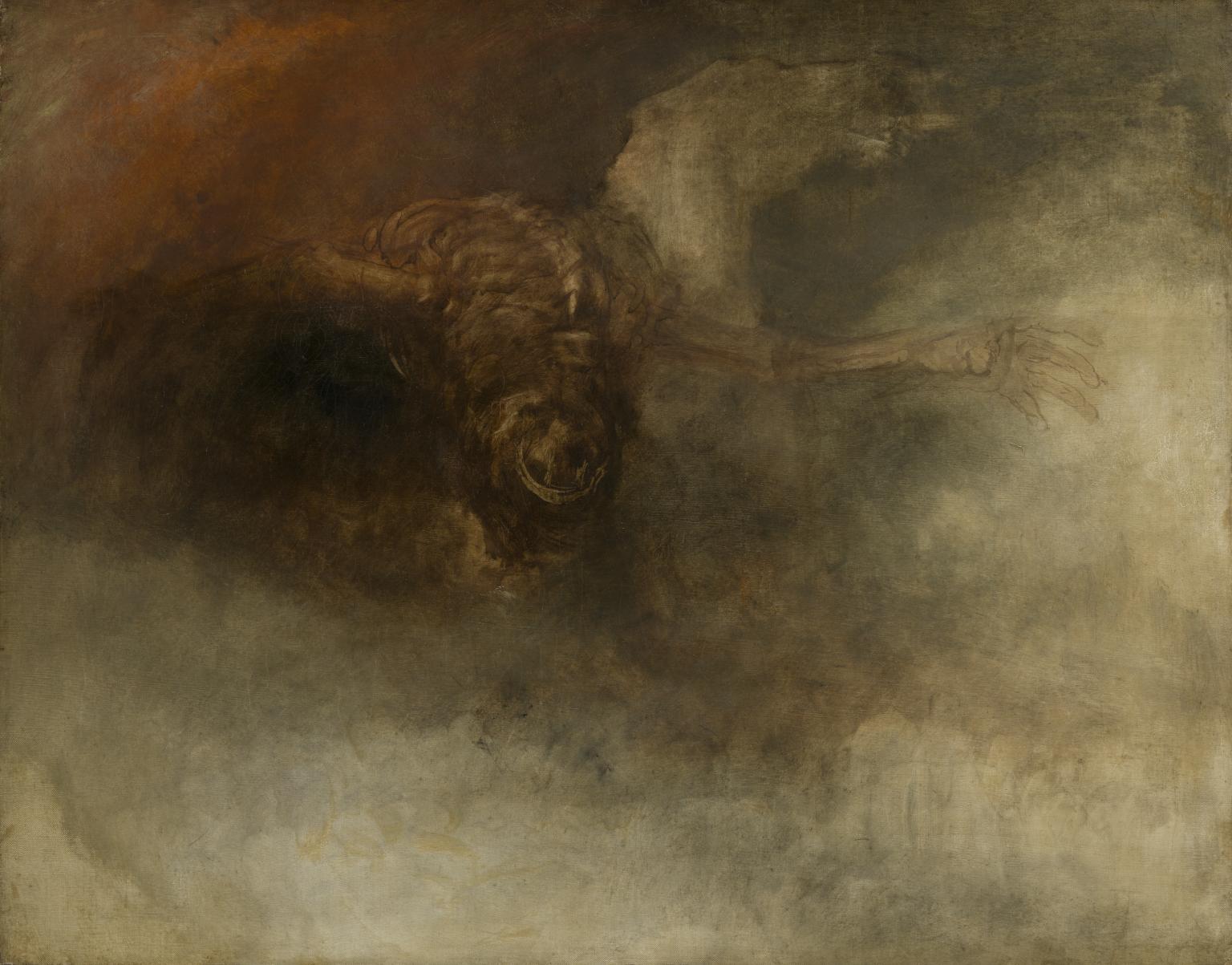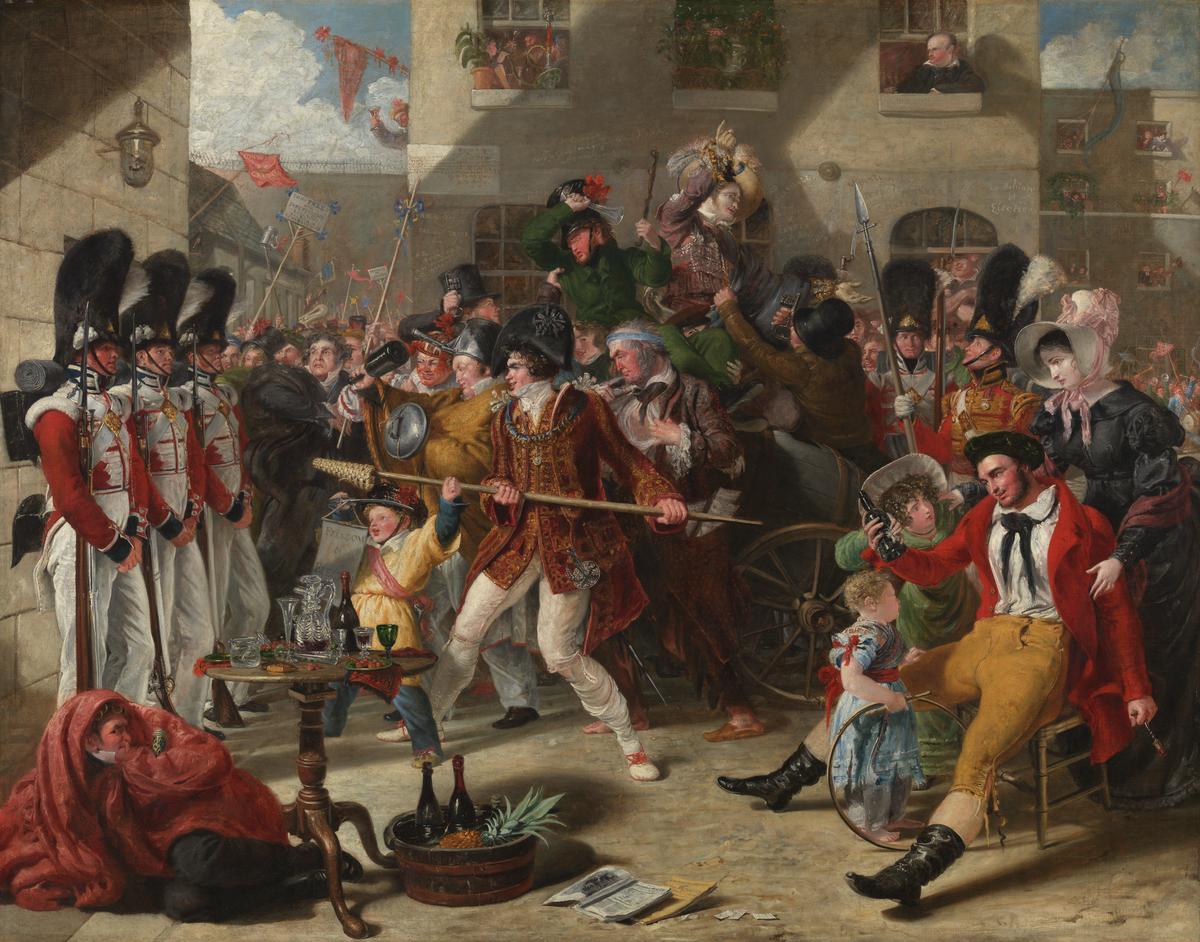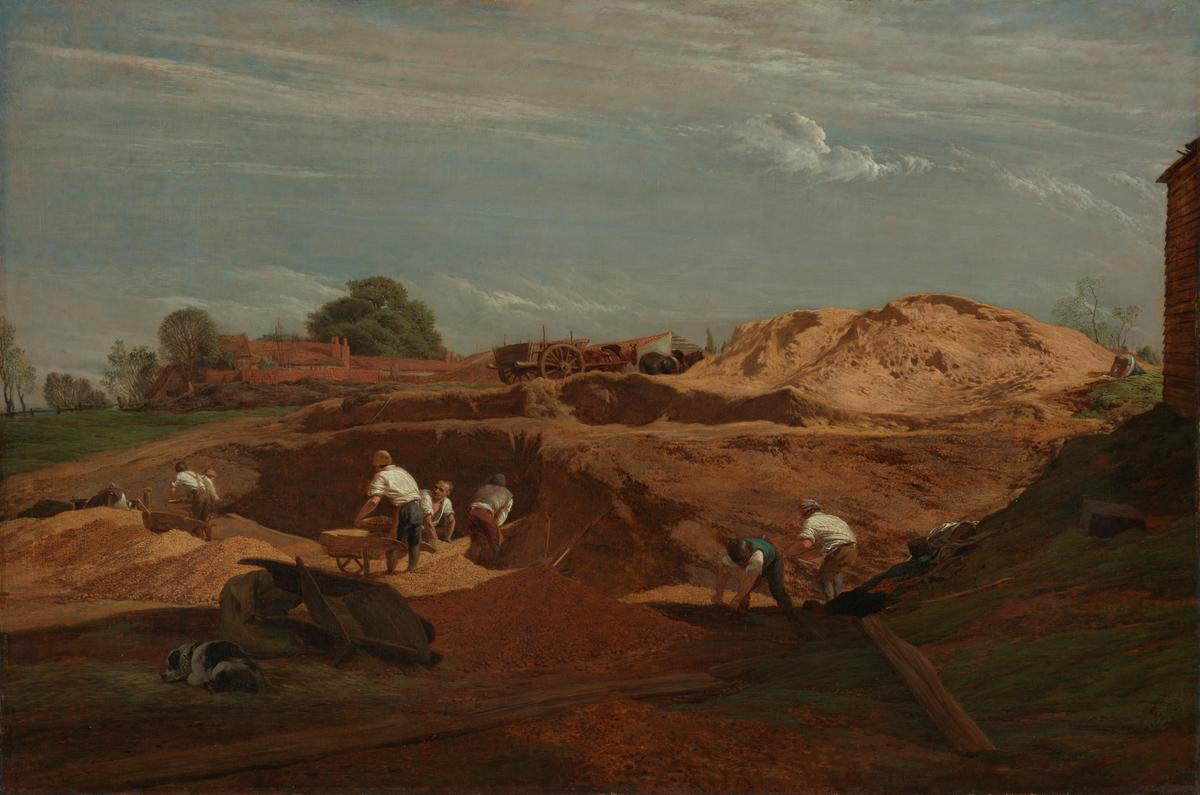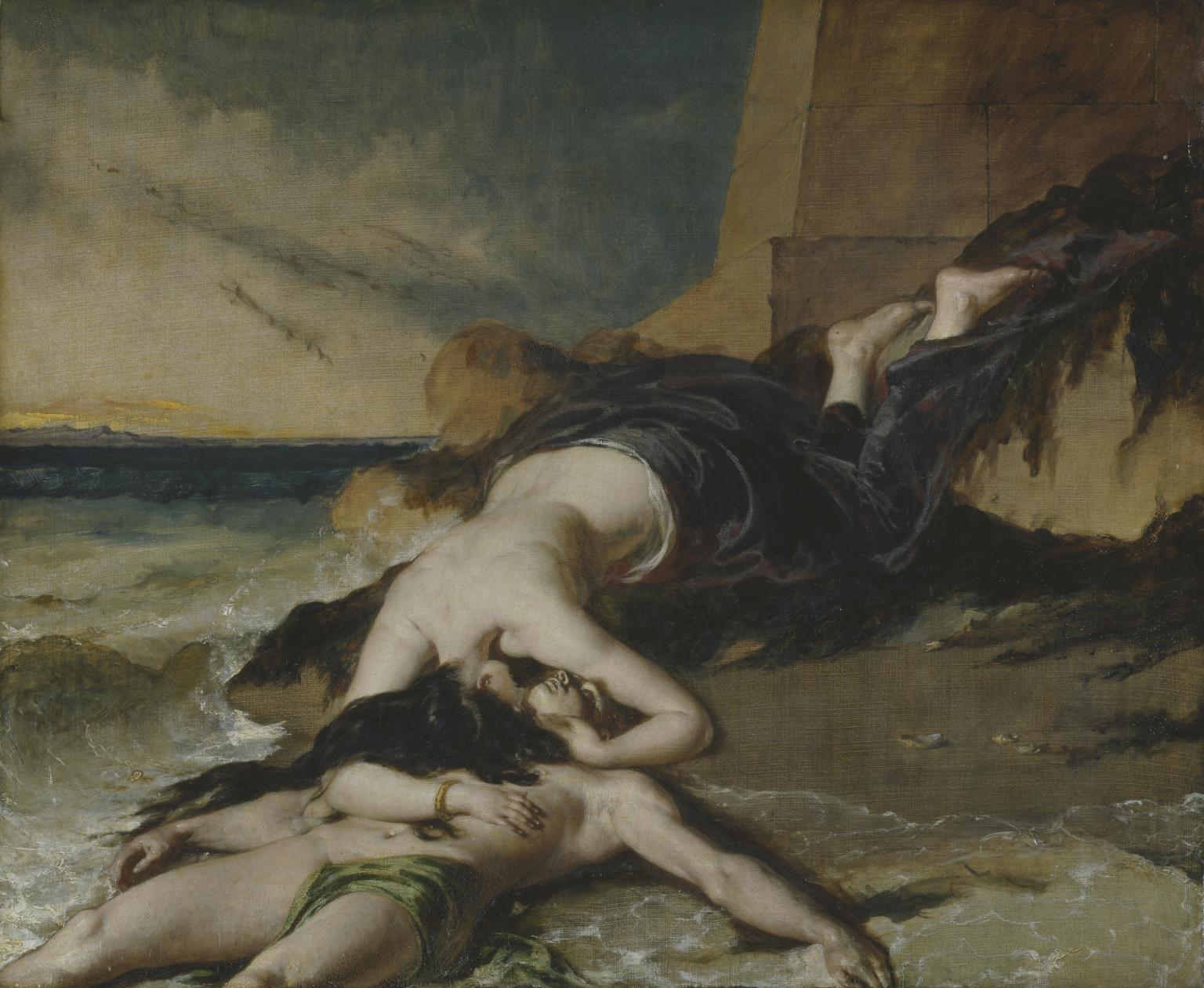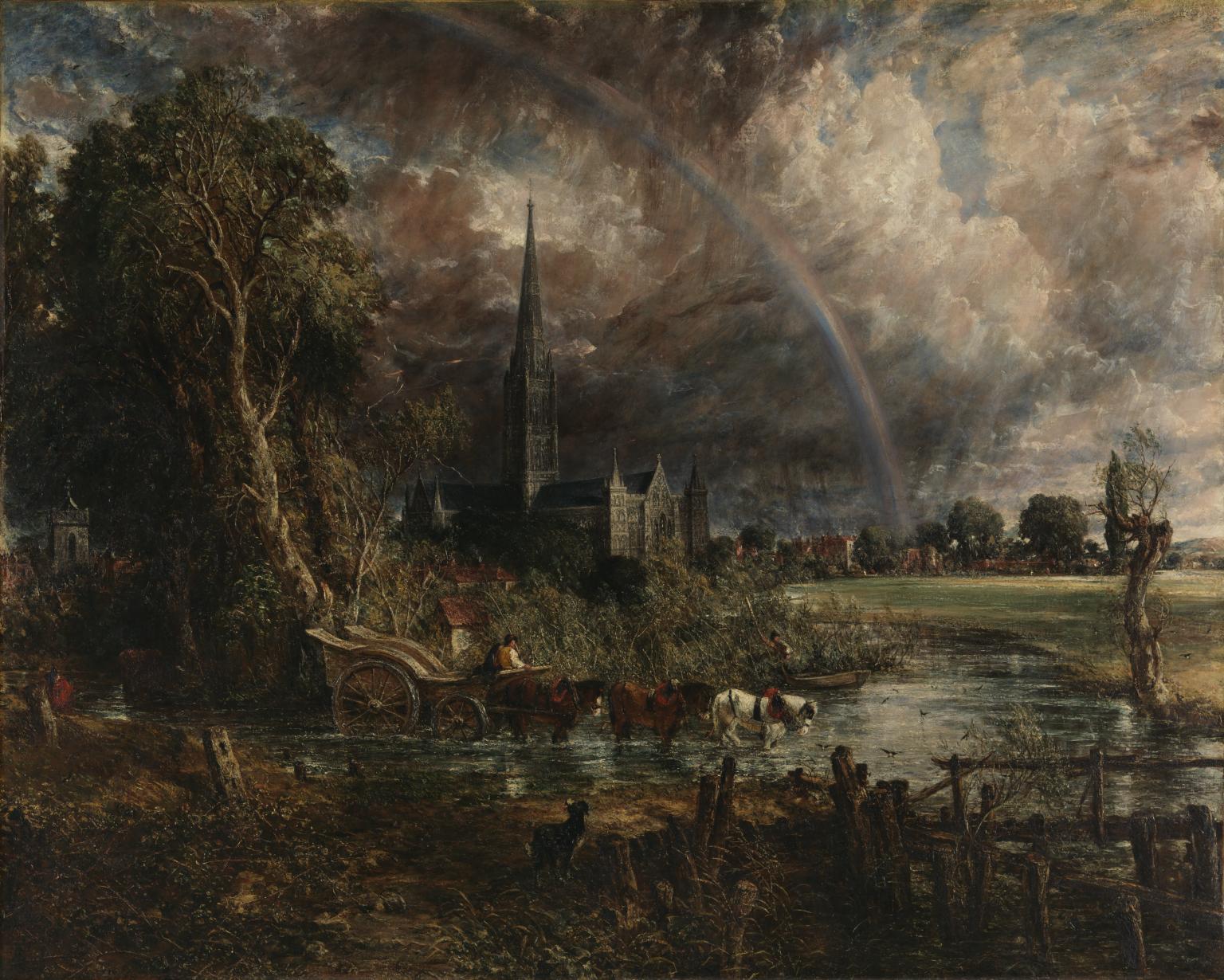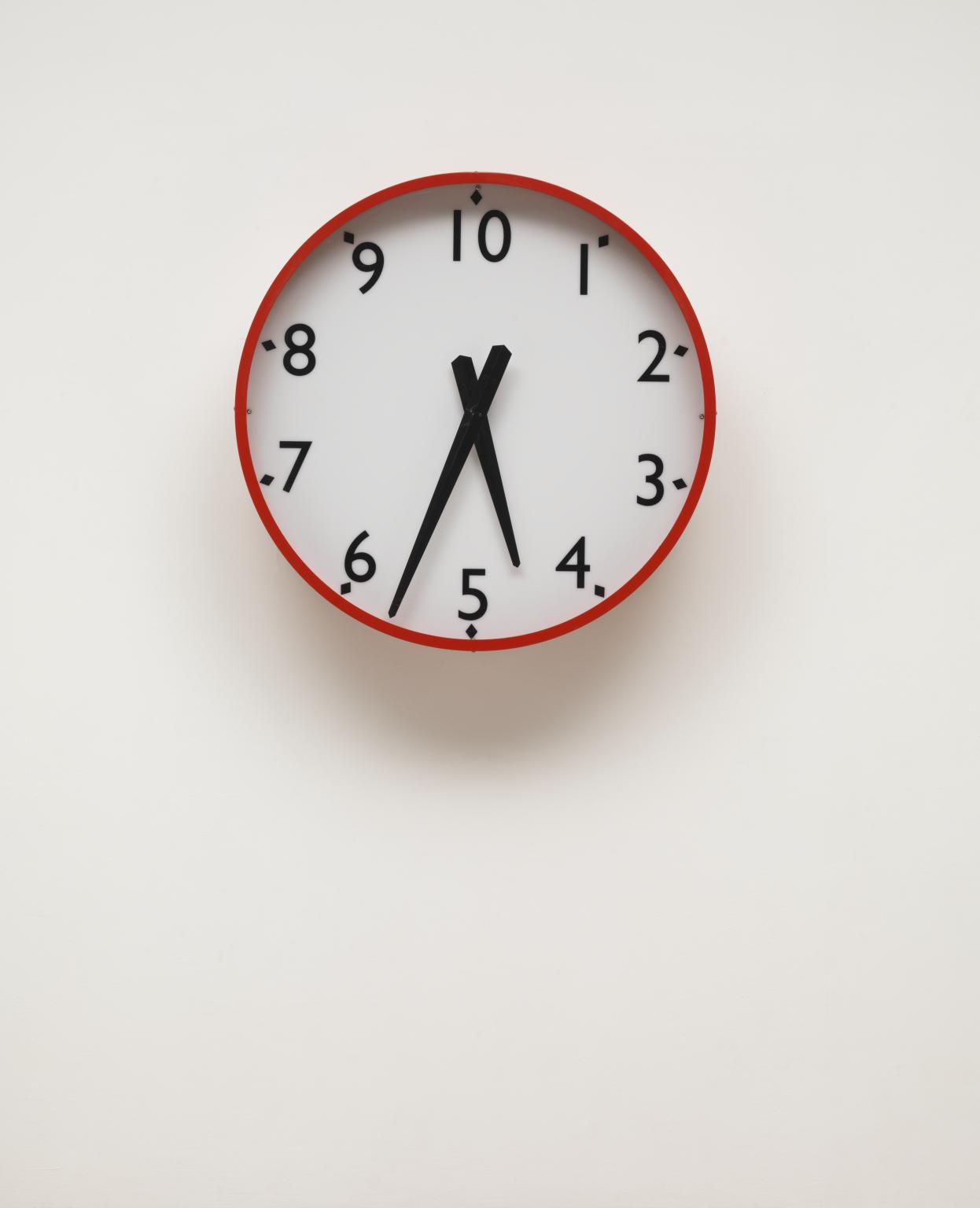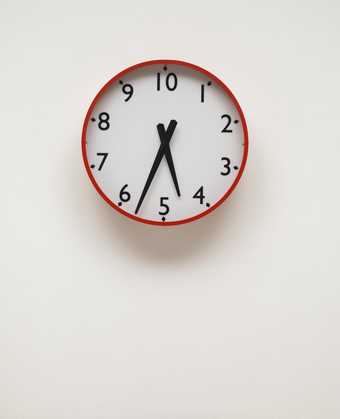17 rooms in Historic and Early Modern British Art
These are tumultuous times. Wars and revolutions, technology and trade transform lives across the globe. The art in this room reveals the different ways artists grapple with this turbulence
A series of revolutions, conflicts and political unrest send shockwaves around an increasingly interconnected world. The American Revolution (1775–1783) overthrows British rule there, leading Britain to refocus its colonial interests on the Caribbean, India, Australia and West Africa. The French Revolution (1789) replaces the monarchy with a new republic. It becomes a touchstone for political protest, sparking radical new thinking about freedom and equality across Europe and beyond. These ideas play a vital role in liberatory movements by enslaved people in the Caribbean, including the Haitian Revolution (1791–1804). It also influences the later international campaign to abolish slavery.
Britain and France are locked in a global war throughout this time, culminating in the Battle of Waterloo in 1815. Britain’s victory consolidates its global position, but comes at a high price as taxes, poverty and unemployment rise. This situation fuels class conflict as people increasingly demand better working conditions and political representation. Frustrations reach a peak in 1831, as uprisings break out across the country.
Art in Britain is also undergoing a revolution. Artists respond to the turbulence and instability around them by exploring a wide variety of styles and subjects, as seen in this room. Some address current affairs directly, painting dramatic battle scenes or portraits of revolutionary thinkers. Others create nostalgic visions of Britain amid the turmoil. Still other artists respond imaginatively and emotionally, expressing the Romantic sentiment which has swept Europe. Their images of the supernatural and sublime evoke feelings of terror and awe, expressing a new confrontational spirit.
Art in this room
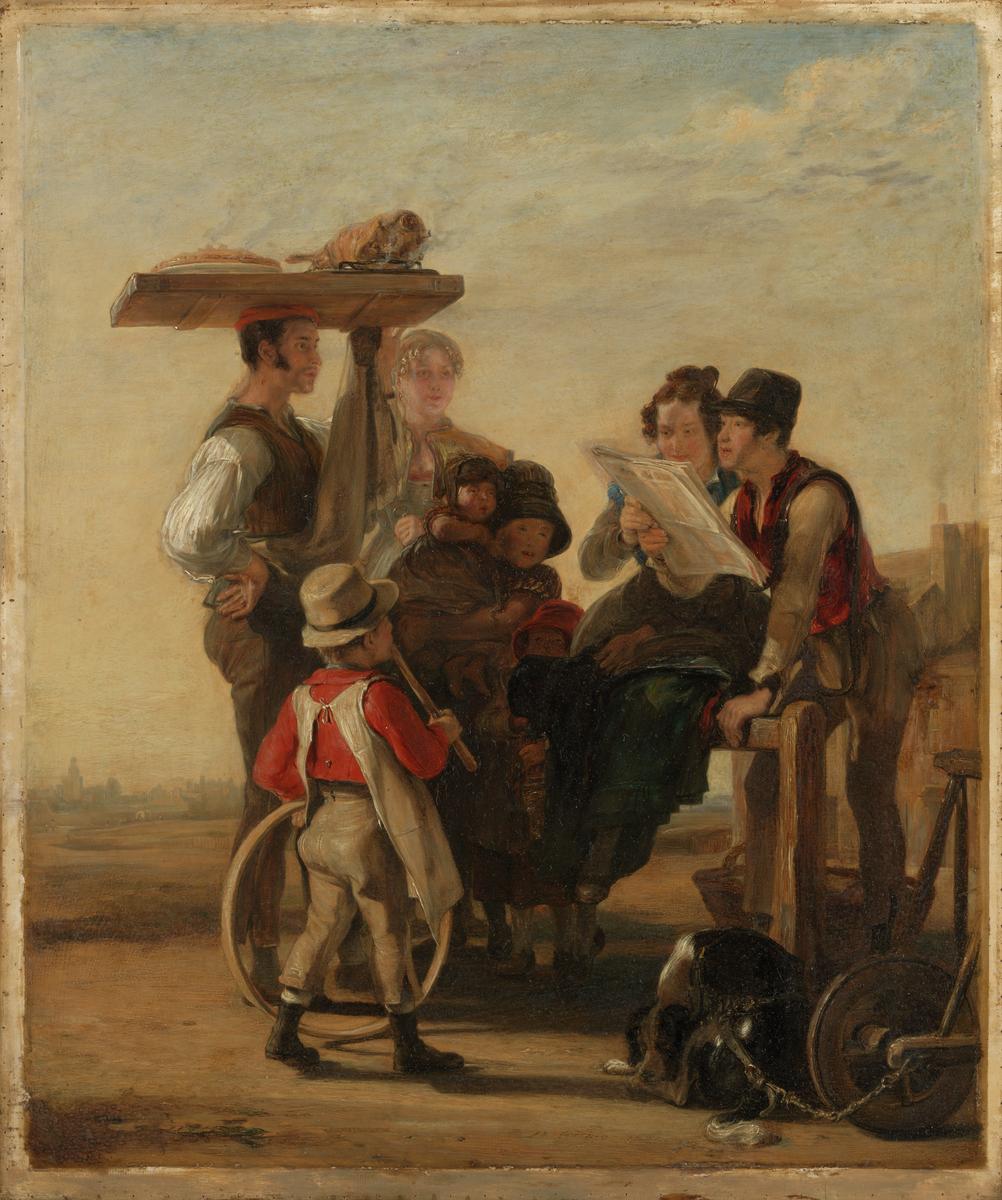
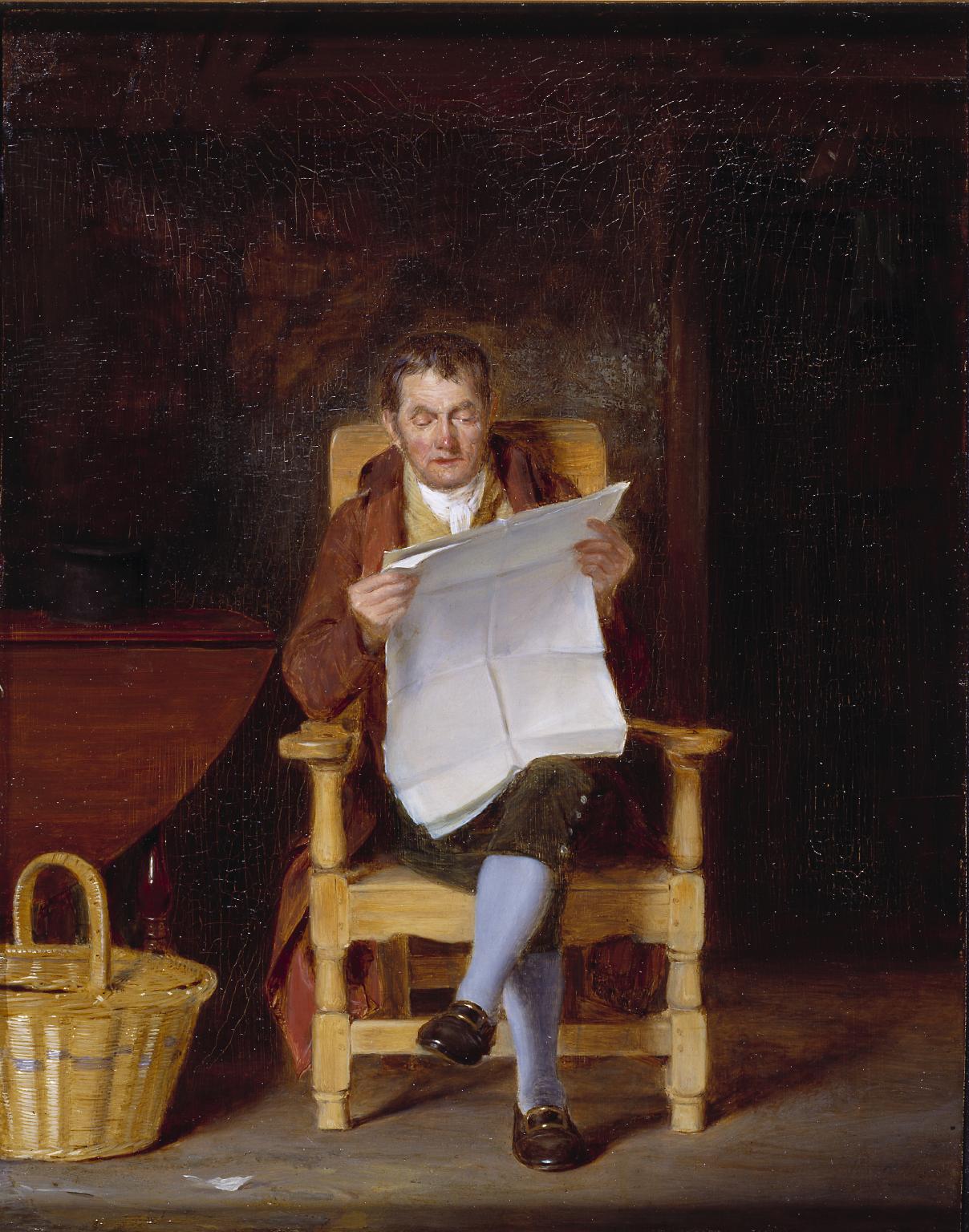
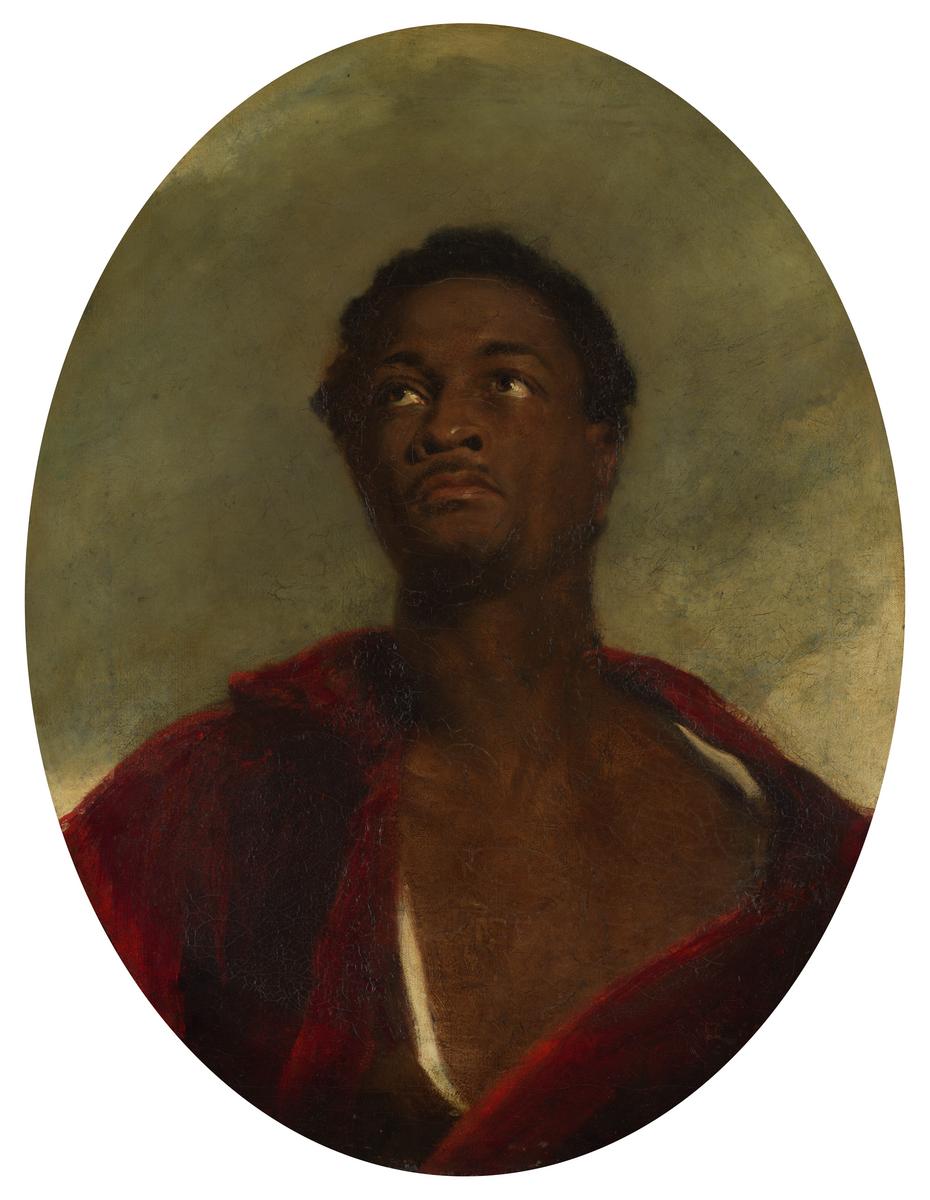

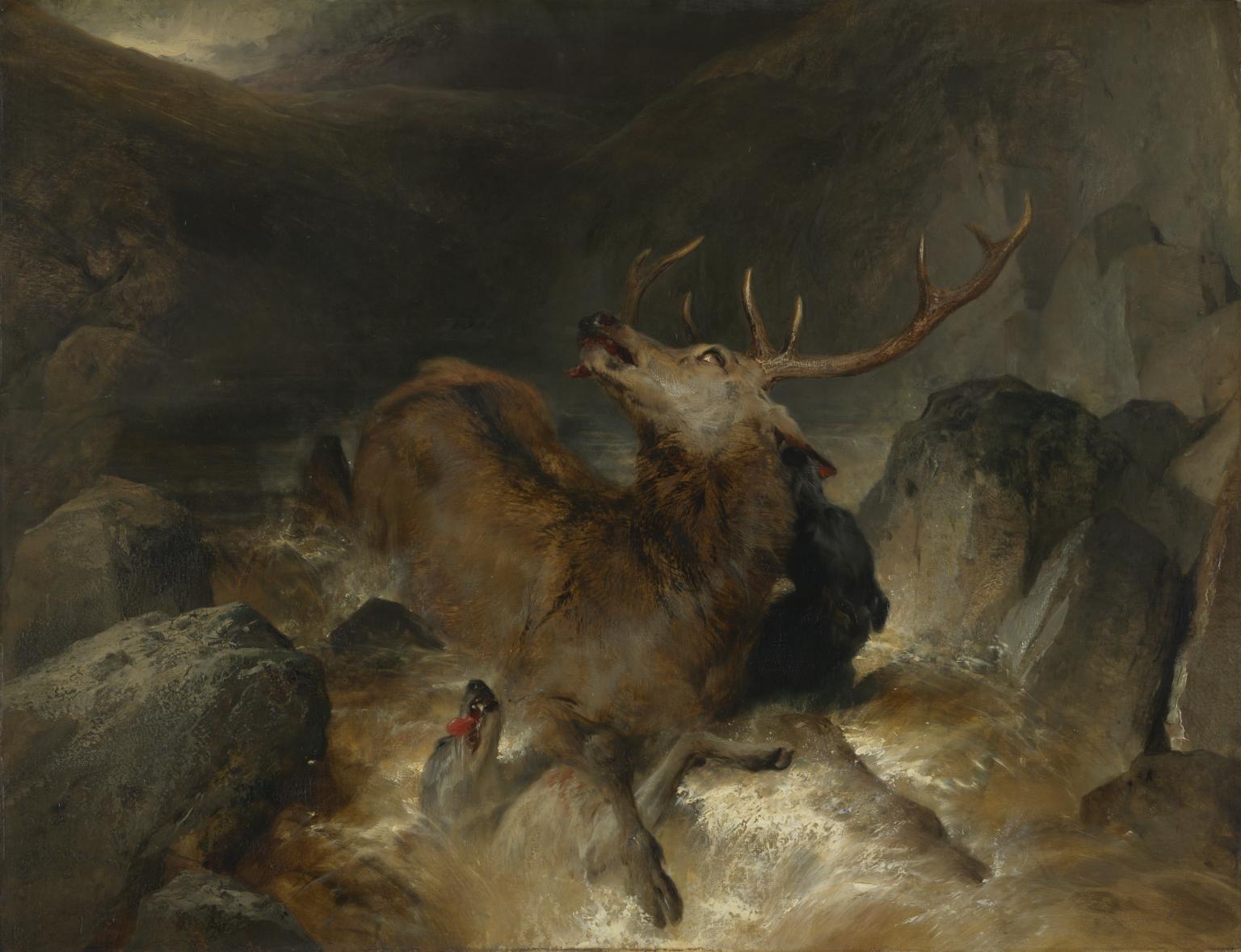
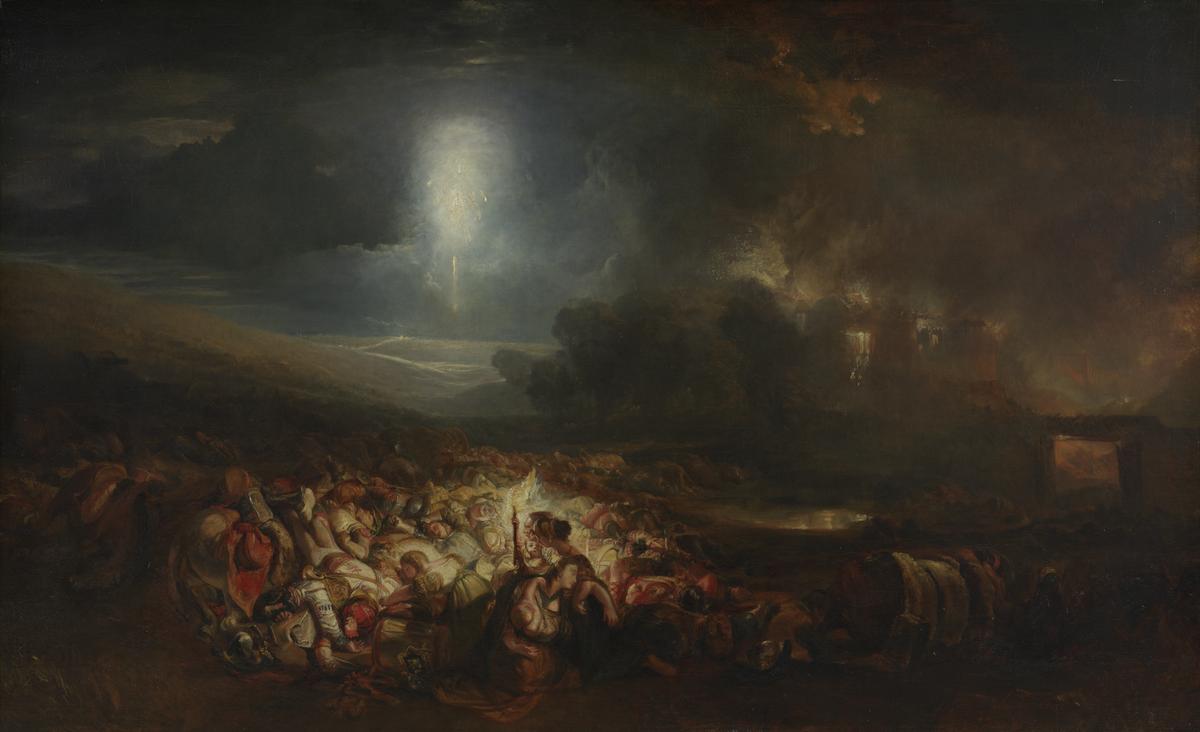
You've viewed 6/27 artworks
You've viewed 27/27 artworks
Responses
We recommend
-
The Racial and Identity Politics of Head of a Man
Consider and question the intentions, politics and legacy of this landmark artwork
-
John Simpson's Head of a Man
In celebration of the reopening of Tate Britain, Tate Etc. invited a selection of artists from around the world to choose a favoured work from a fellow artist currently on display. Here, Peruvian artist Sandra Gamarra discusses John Simpson's Head of a Man

